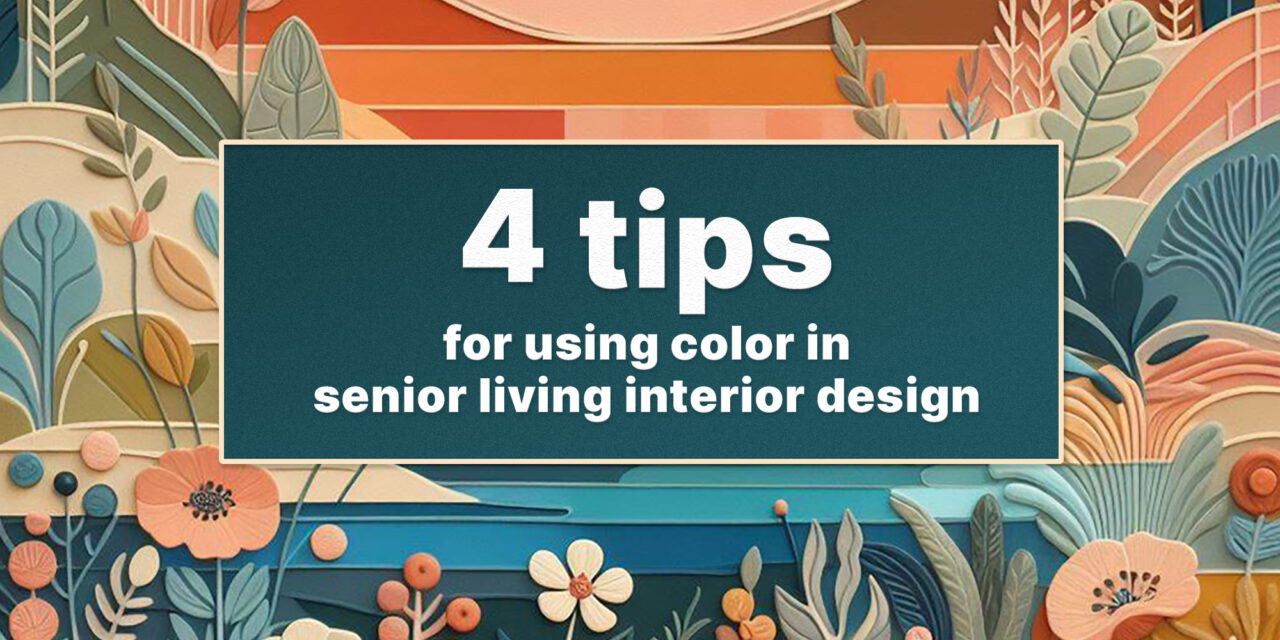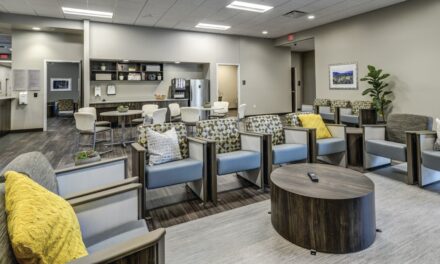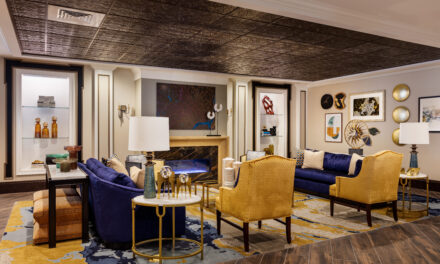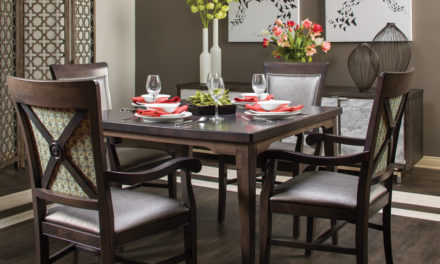When we think about how we want to design places that feel like home, it’s important to balance modern trends with the integration of elements that evoke personal memories. Room design should speak to who we are and the lives we live. Cohesive elements can tie a room together; memories are what make a space. This is why it is so important to consider residents’ most cherished moments when designing Senior Living communities.
Where are your residents from? What are their favorite memories? What is precious to us is worth protecting. When selecting Senior Living color palettes, the hues you choose can create connection and association to fond memories — reassuring them with the comfort they bring.
Here are this year’s top color trends for Senior Living interior design:
2024 Colors Trends for Senior Living
In the vibrant landscape of interior design for 2024, we find ourselves immersed in an earthy, nature-inspired color palette that’s set to redefine the way we perceive and experience healthcare and senior living spaces. This harmonious palette is a celebration of the natural world’s beauty, drawing inspiration from the very elements that shape our environment. Earth tones, such as terra-cotta, take center stage, bringing a warm and grounded feel to interiors. The rich, burnt-orange hues evoke the rugged terrain of desert landscapes, creating a sense of connection with Earth itself.


As we delve deeper into this palette, we encounter the enchanting world of forestcore-inspired selections. Here, a deep, lush green dominates, offering a glimpse into the heart of lush woodlands. This color exudes tranquility and evokes a sense of renewal, making it a perfect choice for those seeking to create a restful and rejuvenating atmosphere.
Adding a refreshing contrast to the mix are the coastal-inspired blues. From serene, light pastels that mirror the calmness of cascading ocean waves to bold teals that evoke the depths of the sea, these coastal blues infuse a sense of serenity and expansiveness that brings the essence of the coastline inside.
Color of the Year for Senior Living Design
Spring Lake, the Direct Supply® Aptura® 2024 Color of the Year, is a neutral blue gray hue that encapsulates the magic of a rich twilight sky. This soothing, midtone blue color gets its inspiration from the mesmerizing colors that grace the horizon as the sun sets and the night sky takes over. It’s a timeless yet bold choice, striking a balance between traditional and modern design sensibilities.
What sets Spring Lake apart is its remarkable versatility. It’s a color carefully crafted to seamlessly integrate into a wide range of design styles. Whether you choose to employ it as a captivating accent wall or to envelop an entire space in its enchanting embrace, it offers endless possibilities. It particularly finds a natural home in moody, whimsigoth aesthetics, where it can infuse spaces with an otherworldly allure. Whether you’re seeking a touch of sophistication or a daring dash of adventure, Spring Lake effortlessly adapts to your design vision, making it the ideal choice for those looking to transform a healthcare space.
4 Tips for Selecting Senior Living Colors
Tip #1: Scale the intensity
The intensity of colors matters. It is proven that color directly impacts mood. Studies show that color also impacts one’s ability to perform cognitive tasks and directly affects one’s behavior. Softer blues can be used to create a calm, tranquil environment, while a more intense blue, like a loud turquoise or teal, is much different. High-intensity colors will create more excitement, making them great for lobbies or activity spaces in a Senior Living Community.
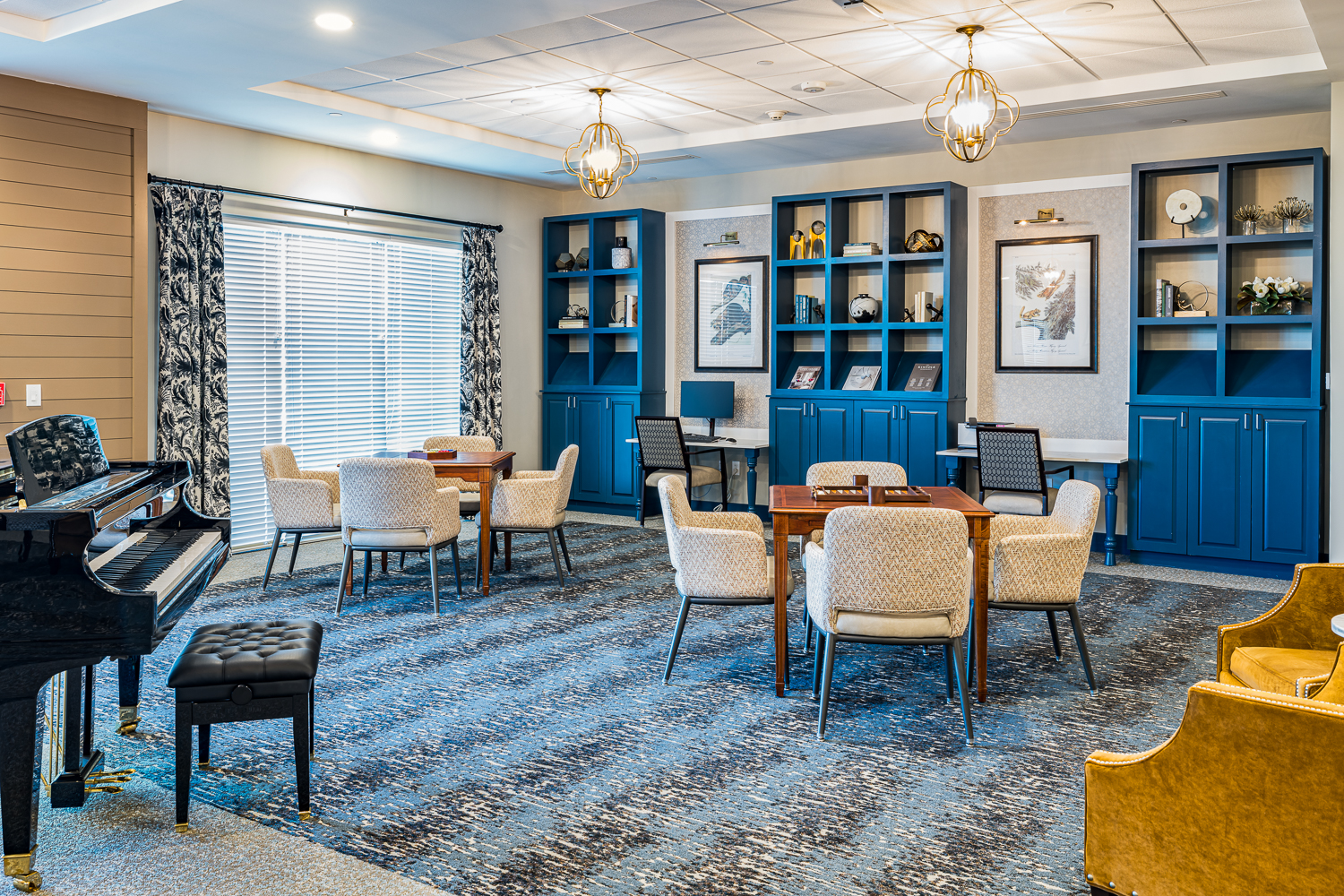
From creating peaceful retreats to designing invigorating spaces, choosing the right color intensity is the key to achieving one’s desired feel. Consider the feelings colors tend to leave us with and the way intensity might change that feeling:
- Red is associated with importance and love. It is known as the color of energy and can increase a person’s pulse and heart rate.
- Purple is associated with luxury and royalty. It gives a room and its inhabitants a sense of grandeur.
- Yellow brings happiness and warmth. It denotes a sunny disposition and draws attention.
- Green exudes tranquility and promotes a sense of peace. It harkens toward a time of renewal, making it ideal for those seeking a rejuvenating atmosphere.
Tip #2: Consider the room’s function
When deciding whether a calm shade of pink is more appropriate than a loud red, consider the function of the room:
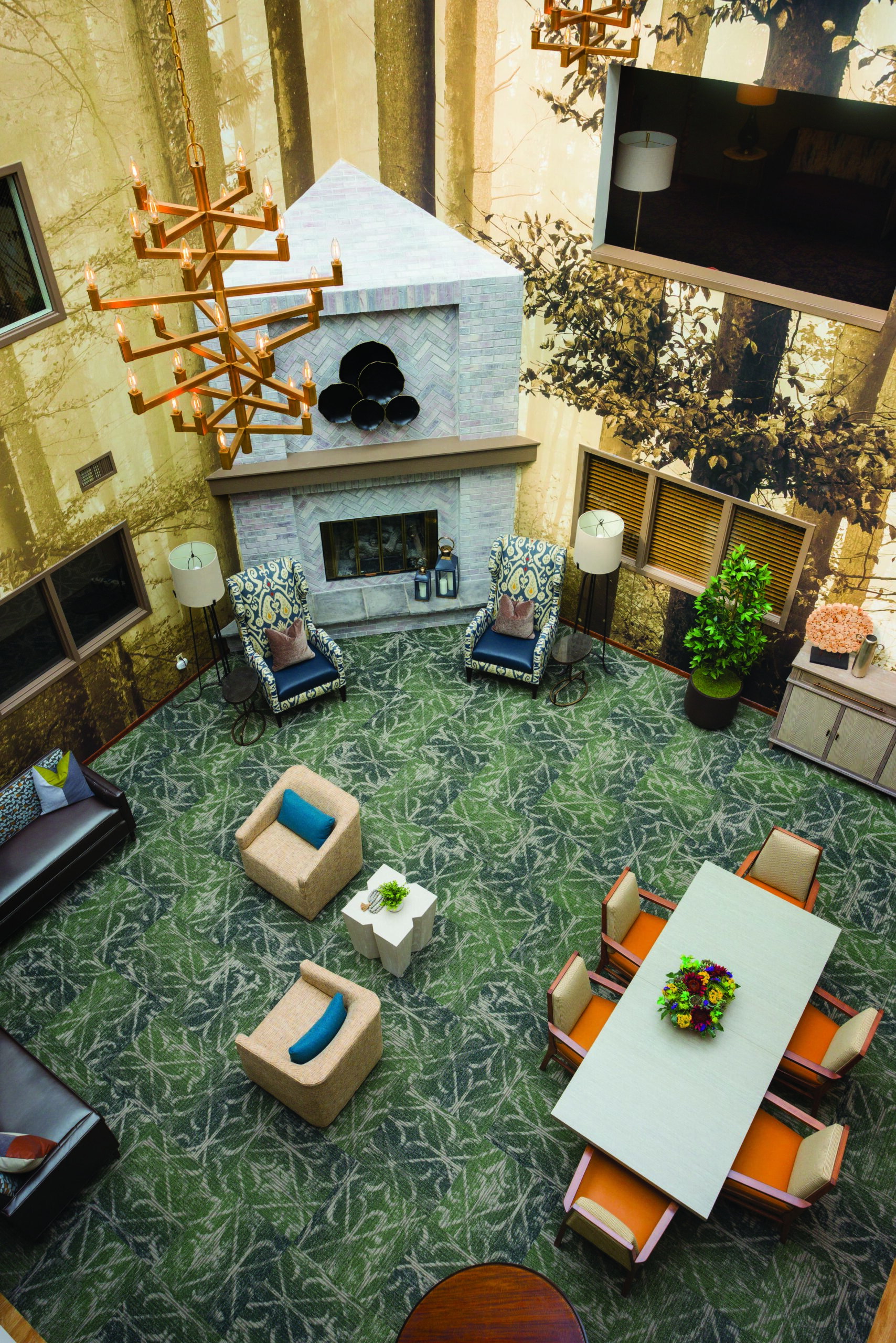
- Reds, oranges and yellows all encourage appetites and help promote proper nutrition. Red and yellow are top food colors and inspire appetite stimulation (and together, make orange!).
- Brighter shades of blue are conducive to an energizing rehabilitation gym because of their energizing ambiance.
- Softer yellows or greens work well in a relaxing sunroom, combining natural elements of sunlight and foliage.
Colors have the power to change a room’s mood and how we perceive other elements in the space. Earthy hues create a meaningful impact, giving common areas a sense of renewal. Biophilic design incorporates the essence of nature while nurturing well-being.
As eyes age, they take in color differently, making it more difficult to differentiate between colors. The correct lighting in a Senior Living space makes it easier to determine colors.
Tip #3: Aim for contrast
Help differentiate between major pieces of furniture, walls and wall railings, drapes and floors with clear color contrast. This approach is also helpful for different pieces of bedding.
Using contrast effectively, like pairing light-colored bedding against a dark bed frame, not only highlights key design elements but also improves navigability and functionality, especially for those with visual impairments. This principle enhances both the aesthetics and accessibility of a space, blending style with practicality.
Tip #4: Adjust colors for Memory Care
Colors are especially important in Memory Care environments. Dark colors may appear as holes or missing spaces for residents with dementia. Consider using darker shades purposefully when creating a walking path or an area that residents should avoid.
Color intensity is also an important factor in Memory Care. Avoid intense colors and consider their vibration and saturation. Flooring or patterns with high contrast can play tricks on the eyes, appear as though they’re moving, or make some residents feel dizzy.
Residents with dementia may even believe something is coming out of the floor and be afraid to walk there. Solid colors in softer shades can be the best paint colors for dementia and Memory Care environments. For more information, read more about tips for designing for Memory Care environments.
Color Trends for Senior Living FAQ:
How do you select Senior Living color palettes? When it comes to selecting Senior Living color palettes, color hues, intensities and contrast are important to consider.
What was the 2023 Aptura® color of the year? The 2023 Color of the Year was Brandy Brown. Other favorable Senior Living colors include red, blue, orange and yellow.
What are the best paint colors for dementia and Memory Care environments? Solid colors in softer shades can be the best paint colors for Dementia and Memory Care environments. Learn more Memory Care Design tips.
The Bottom Line: 2024 Color Trends for Senior Living & How to Use Them
Color matters! The colors you choose to incorporate in Senior Living facilities impact residents emotional well-being and safety. We can support your Senior Living design project with a complimentary selection service to coordinate fabrics and finishes with your wall colors.
Are you an interior designer? See how we can help with your Senior Living design.
